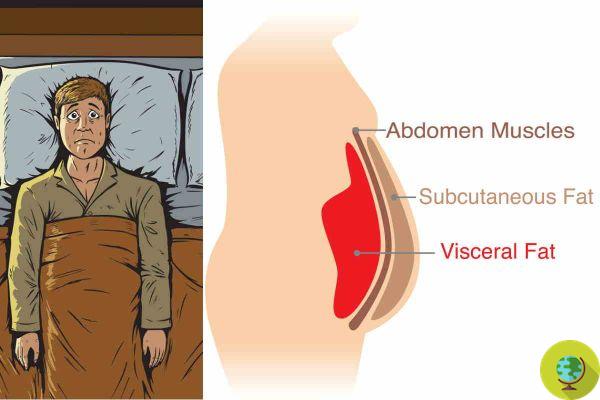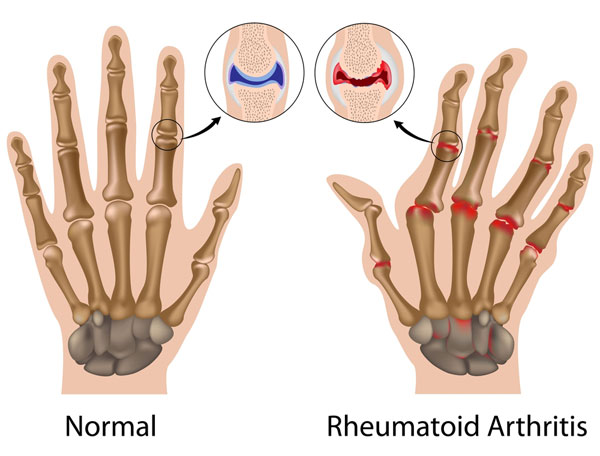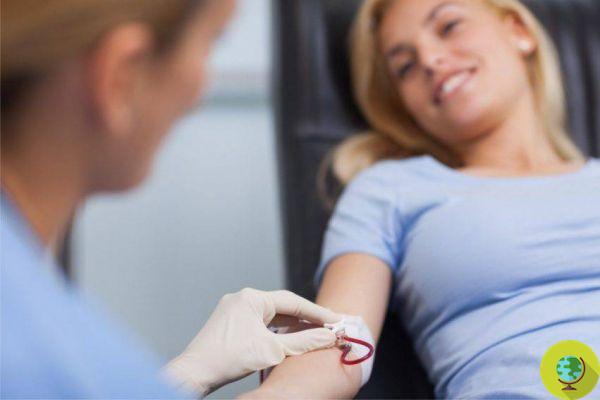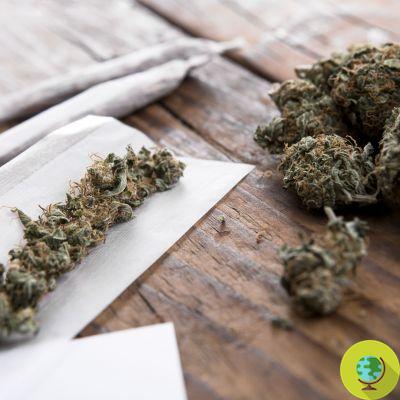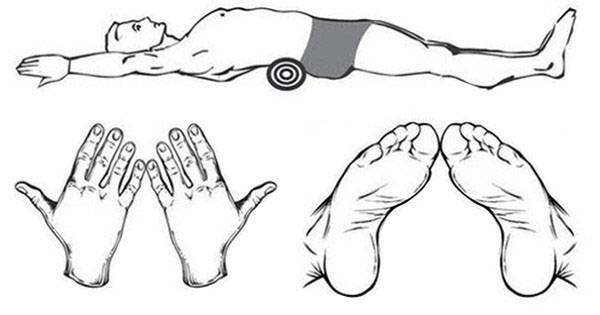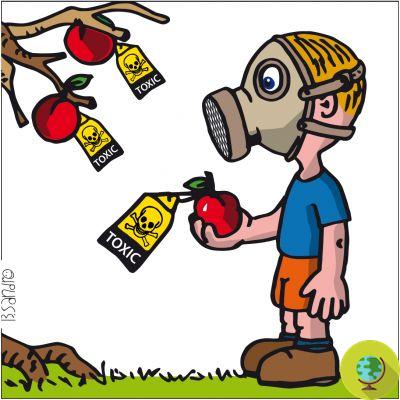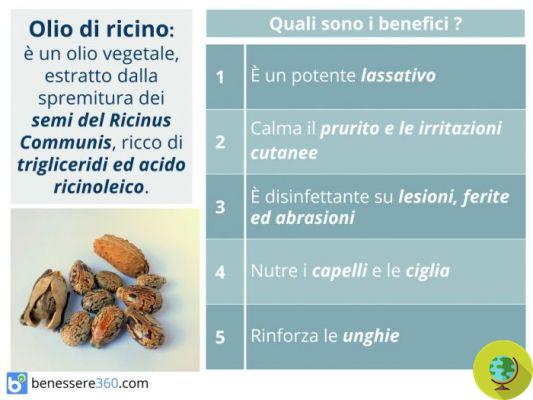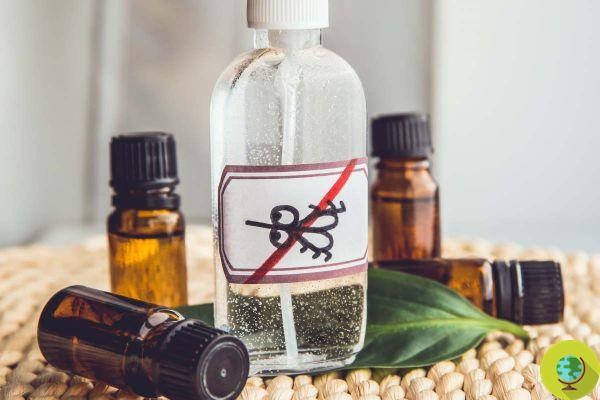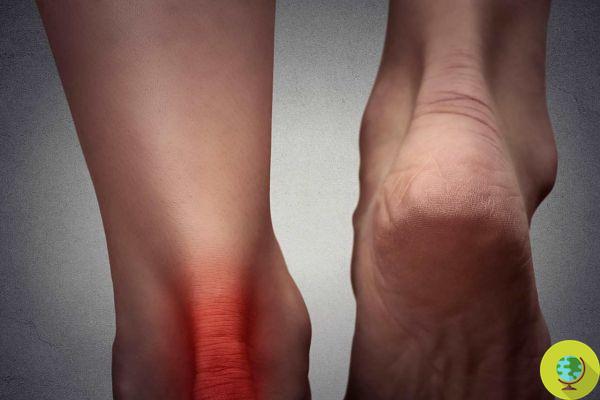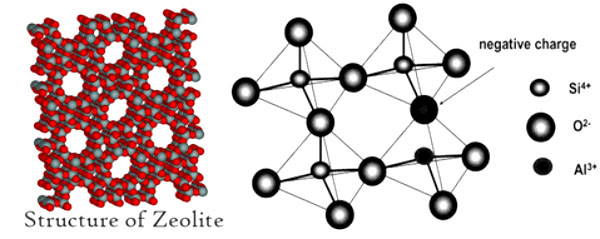Scarlet fever is an exanthematous infectious disease that can affect both adults and children. Let's get to know it better by discovering the symptoms that distinguish it, how the infection occurs and the possible treatments to heal quickly.
Don't store avocado like this: it's dangerousScarlet fever is one exanthematous infectious disease which can affect both children and adults. Let's get to know it better by discovering the symptoms that distinguish it, as is the case with contagion and possible treatments to heal quickly.
It is a contagious disease especially in children up to 12 years, as attending places such as kindergartens, schools, gyms, etc. makes the transmission of scarlet fever easier. This does not, however, exclude the possibility get sick even as adults coming into contact with people infected with the bacterium Beta hemolytic streptococcus (group A) which causes the pathology. Then there is no vaccine and therefore the only way to avoid the disease is to stay away from people who have already shown evident signs of the presence of scarlet fever.
It is therefore important to know that scarlet fever:
• It mainly affects children up to 12 years of age
• It can also be taken by adults
• It spreads mainly in schools, kindergartens, gyms and meeting places
• It is caused by Beta hemolytic streptococcus (group A), a bacterium
• There is no vaccine
But let's see now how to recognize scarlet fever compared to other exanthematous diseases.
SYMPTOMS OF SCARLET
The main symptoms of scarlet fever are fever and rash point type with the appearance of psmall red spots very dense and rough. Generally the first redness appears on neck, armpits and groin and then spread over the course of a day or two to the rest of the body. The tongue is also sprinkled with red dots on a white patina (this is why it is called white strawberry tongue).
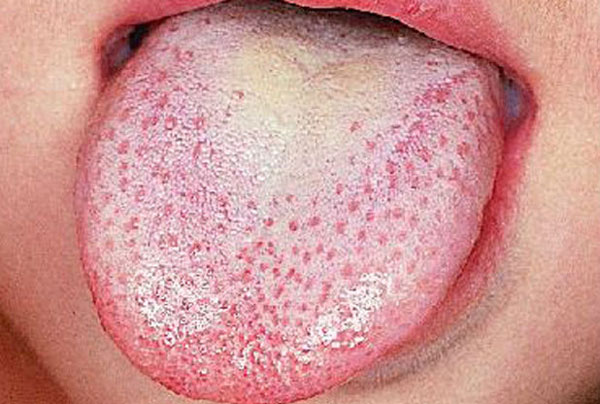
Photo: pzimedia.com
A characteristic feature of this disease is the appearance of what is called "scarlet mask”, That is the appearance on the face of a generalized redness with the exception of the areas around the eyes and nose which are instead pale.
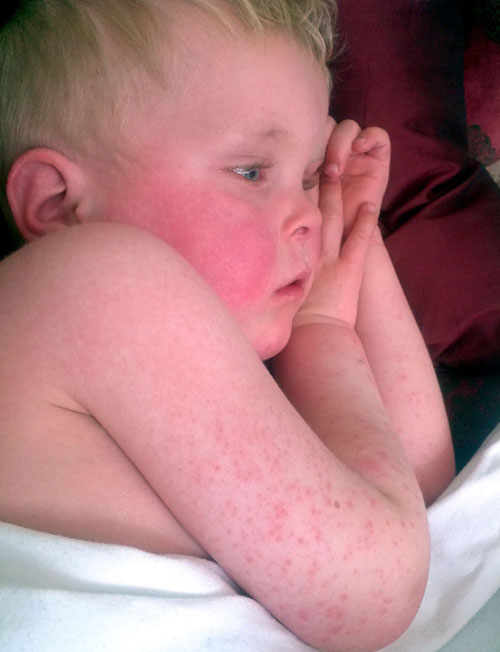
Photo: bookmed.info
After a few days the exanthematic rash, due to the toxins released by the Streptococcus, begins to improve and shrink, leaving room for the peeling of the red areas.
Beyond the red pinpoint spots, other possible symptoms of scarlet fever are pain in the throat, swollen tonsils, abdominal difficulties, tachycardia and headache.
diagnose with certainty the presence of scarlet fever once the first outbreaks appear, it is necessary to undergo a throat swab which will identify the presence or absence of the bacterium that causes it.
In summary, scarlet fever has the following characteristic symptoms:
• Fever
• Point-like exanthematous rash with dense and rough red spots
• White strawberry tongue
• The first bubbles appear on neck, armpits and groin
• Mscarlet mask on the face
Other symptoms that may appear are:
• Dchief alla gola
• Swollen tonsils
• Abdominal difficulties
• Tachycardia
• Headache
Index
HOW DO YOU RECOGNIZE THE SCARLATTINA
Among the exanthematous diseases, scarlet fever is probably one of the most easily recognizable as the points of scarlet red are separated from each other but dense and rough to the touch. Also you can see the white strawberry tongue and the scarlet mask, particularly characteristic signs of this disease.
However, the only way to be sure that it is scarlet fever remains to undergo a throat swab to assess the presence or absence of Group A Beta Hemolytic Streptococcus.
CONTAGION
The infection of scarlet fever occurs through the contact with mucus or saliva of an infected patient, the disease is therefore transmitted mainly by air, for example following a sneeze or coughing from someone who has already been affected. In this way the bacterium can reach the mucous membranes of the upper respiratory tract and then replicate within the body.
However, the possibility that the bacterium is also present on some is not excluded objects and therefore one can also contract the disease simply by coming into contact with things on which the Streptococcus responsible for the disease is found.
Scarlet fever incubation is a few days (2-5) after which the first symptoms appear. Even before the disease manifests itself, however, it is contagious. He will be alone two days after starting therapy against scarlet fever that the affected person will no longer be able to transmit the bacterium.
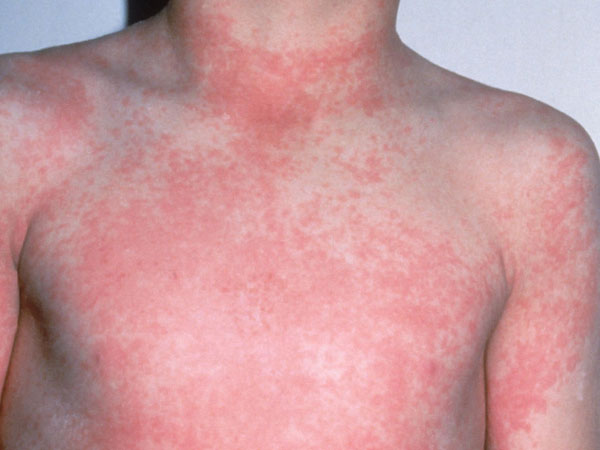
Photo: babycenter.com
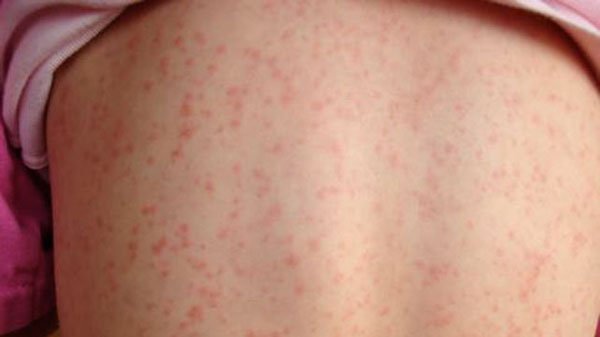
Photo: healthline.com
The maximum period of diffusion is autumn and spring. Unfortunately, those who have already been affected by the disease once are not safe, there are in fact various strains of Streptoccocco and therefore it is possible to get sick again.
As regards the infection of scarlet fever, therefore, remember that:
• It attaches itself through saliva or mucus
• Contagion through objects used by a sick person is also possible
• The time of incubation is 2-5 days
• After 48 hours of taking antibiotics, the infection is no longer possible
• It spreads mainly in autumn and spring
• It can also be taken several times in a lifetime
PREGNANT SCARLET
It can happen to contract scarlet fever during pregnancy, especially if the mother already has a young child who is in kindergarten or school and who in turn has caught the disease. However, we can reassure all pregnant women since scarlet fever does not endanger the good health of the unborn child or that of the mother, provided of course that it is recognized and treated. There is a rare possibility of premature birth if the bacterium responsible for the disease has also lodged in the vagina (however, it does not happen very often). It is therefore important to immediately consult your gynecologist who will evaluate the possibility of doing a vaginal swab.
SCARLET IN NEWBORN
Scarlet fever rarely appears in infants under 6 months (children from 2 years of age are usually more affected). Also in this case, among other things, the exanthematous disease due to the Beta hemolytic Streptococcus (group A) is not dangerous, except of course to treat it in the most correct way according to the instructions of the trusted pediatrician.
SCARLET IN CHILDREN
As you may have guessed, scarlet fever is an exanthematous disease typical of childhood (from 2 to 12 years is the most affected age group). It is undoubtedly an annoying and somewhat debilitating pathology that requires care and rest but which is not risky since it is now promptly recognized and treated. Generally anyway children have good resilience and within a maximum of two weeks they are fully recovered. Already after 48 hours from the beginning of the therapy they are no longer contagious and in theory they could resume their activities, but it is better to keep them concerned.
SCARLET IN ADULTS
It is rare, but even an adult can find himself struggling with scarlet fever and in this case the symptoms may be more acute and bothersome (after all, for example, even chicken pox and mumps taken in adulthood have a heavier and sometimes dangerous course than in childhood). An adult with scarlet fever may have more persistent symptoms, for example one very strong pharyngitis and, in rare cases, serious complications such as osteomyelitis, rheumatic diseases, septicemia, encephalitis and more. The treatment for scarlet fever in adults is the same as that for children, the dosages of the drugs can obviously vary.
TREATMENTS FOR SCARLATTINA
Since a bacterium causes this disease, treatments for scarlet fever inevitably use antiobiotics to be taken for at least a week but often up to 10 days. In the period of taking the therapy and immediately after it is good to support the use of Probiotics that can restore the good bacterial flora that has been decimated following the use of these medicines. If you have a high fever, your pediatrician or doctor may also prescribe acetaminophen or other medications that can keep it at bay.
Very important too drink a lot of water to keep the inflamed organism well hydrated e rest as much as possible. Generally, however, if well cared for, it is necessary to wait at least two weeks to definitively recover from scarlet fever.
Rare but possible complication of poorly treated scarlet fever is rheumatic fever which affects the joints and requires hospitalization.
In summary in case of scarlet fever:
• Antibiotic therapy is recommended
• The use of probiotics is recommended
• It is good to drink a lot
HOW TO REDUCE ITCHING: NATURAL REMEDIES
In case of scarlet fever natural remedies can be especially useful for relieve itching due to skin rash. It is recommended for example to do lukewarm baths or compresses with baking soda water, rice starch or oats. They are very simple remedies, within everyone's reach and also suitable for children, in particular rice starch which is also used in case of redness and irritation from the diaper. Of this product you can dissolve a couple of tablespoons in the bath water and immerse the child or the adult (because we remember that scarlet fever can also appear in adulthood).
Read also: RICE STARCH: PROPERTIES, USES AND WHERE TO FIND IT
prepare an oatmeal bath instead you will need: 3/4 -1 cup of oat flakes or grains of this cereal, a food processor, and a breathable cotton or organza bag (a cloth handkerchief to tie on top with an elastic is also good). Chop the oats well using a blender and then insert it into the bag, making sure to close it well to prevent it from opening and letting the contents escape into the water. In the meantime, fill the bathtub with lukewarm water (about 35 °) and then insert the bag. As you can see, by squeezing it a little, a kind of milk will come out which will spread inside the tub and which you can use simply by soaking yourself or by gently patting the most irritated areas of the body. An oat bath should last about 15 minutes.
So to decrease the itching in case of scarlet fever you can:
• Take lukewarm baths with rice starch
• Make compresses with water and bicarbonate
• Take oat baths
ONE LAST USEFUL ADVICE
Children suffering from scarlet fever, especially in the first phase, can be very tired and exhausted. It is good therefore to try to keep them rested as much as possible thus promoting healing. So don't be in too much of a hurry to get him back to normal activities!





